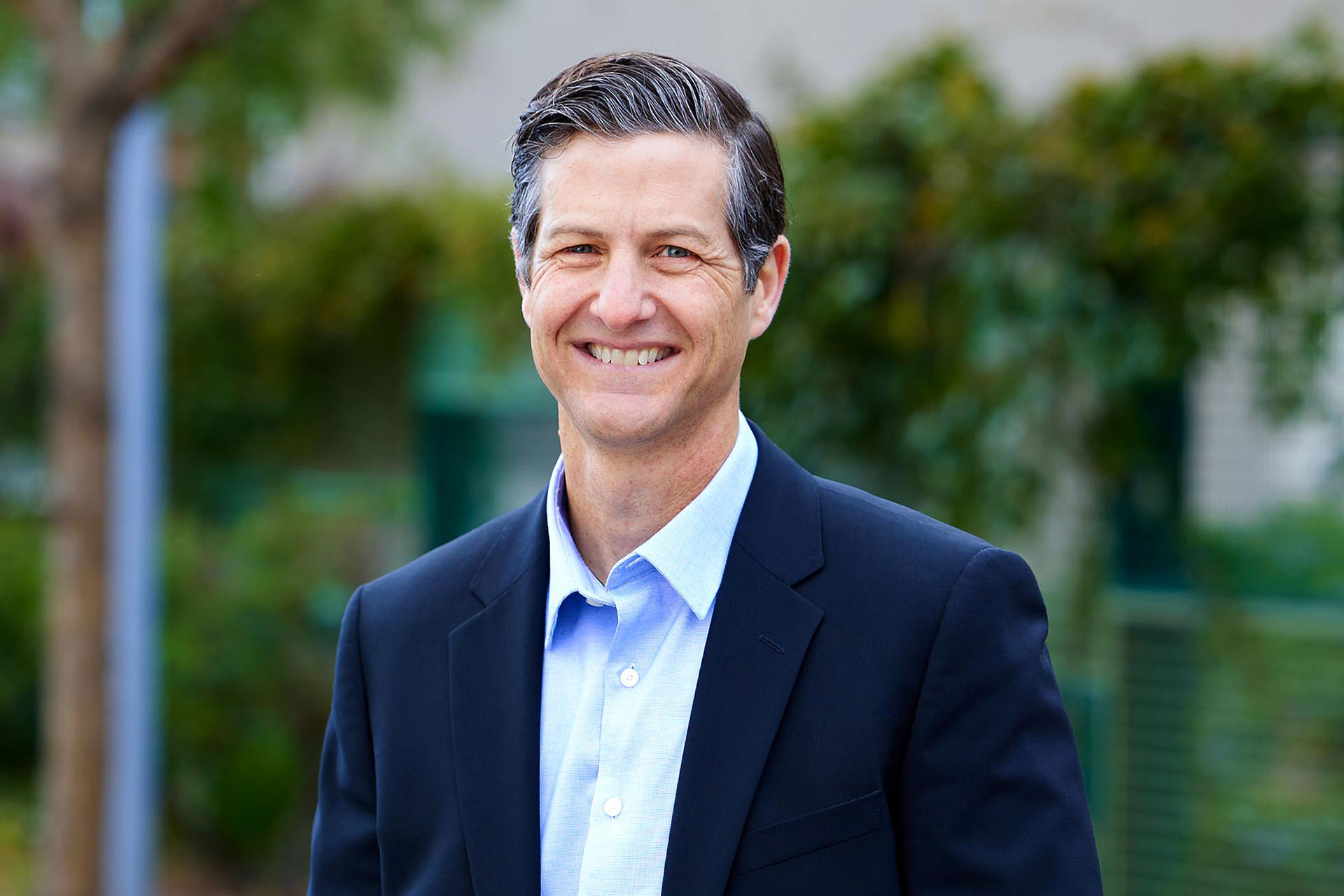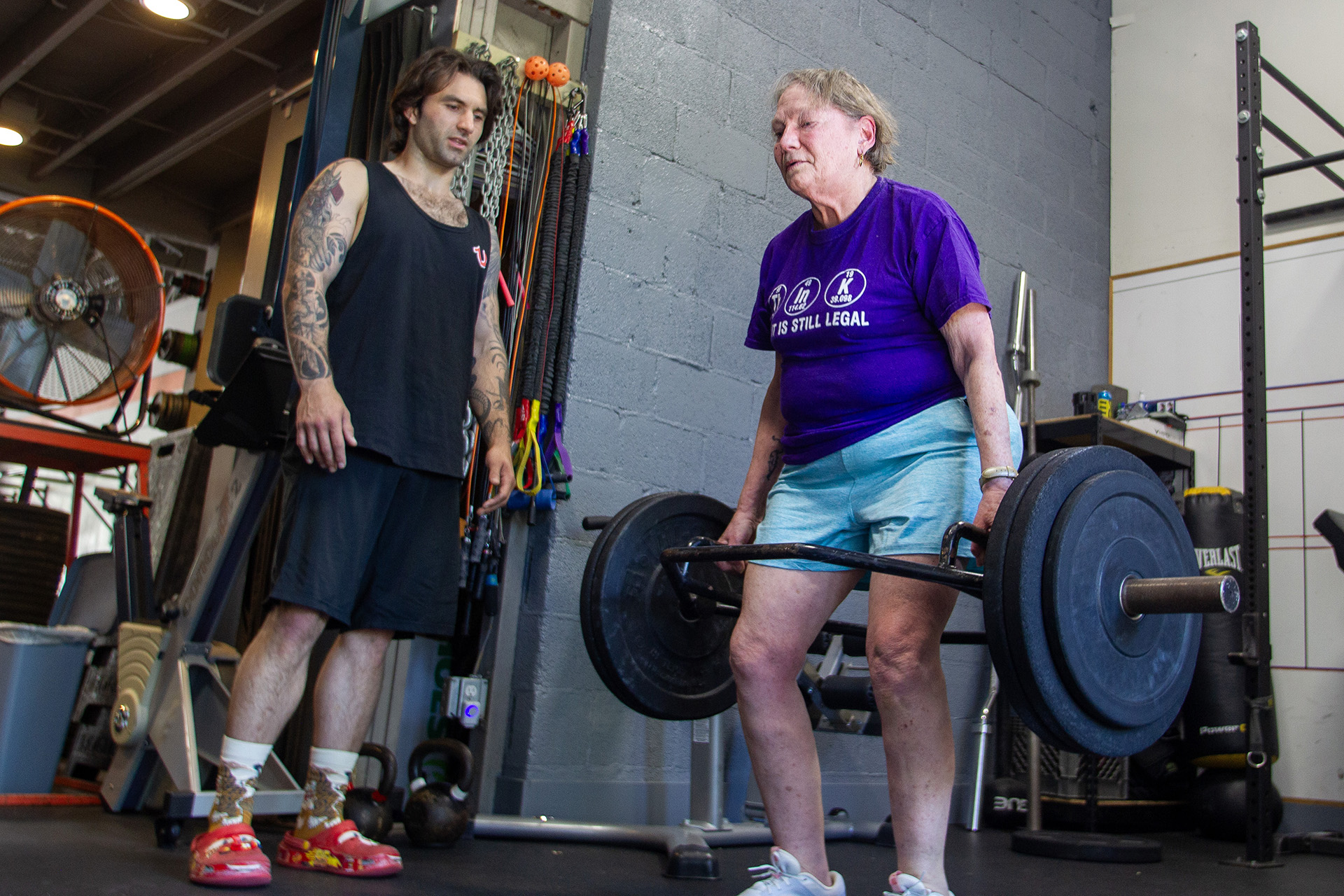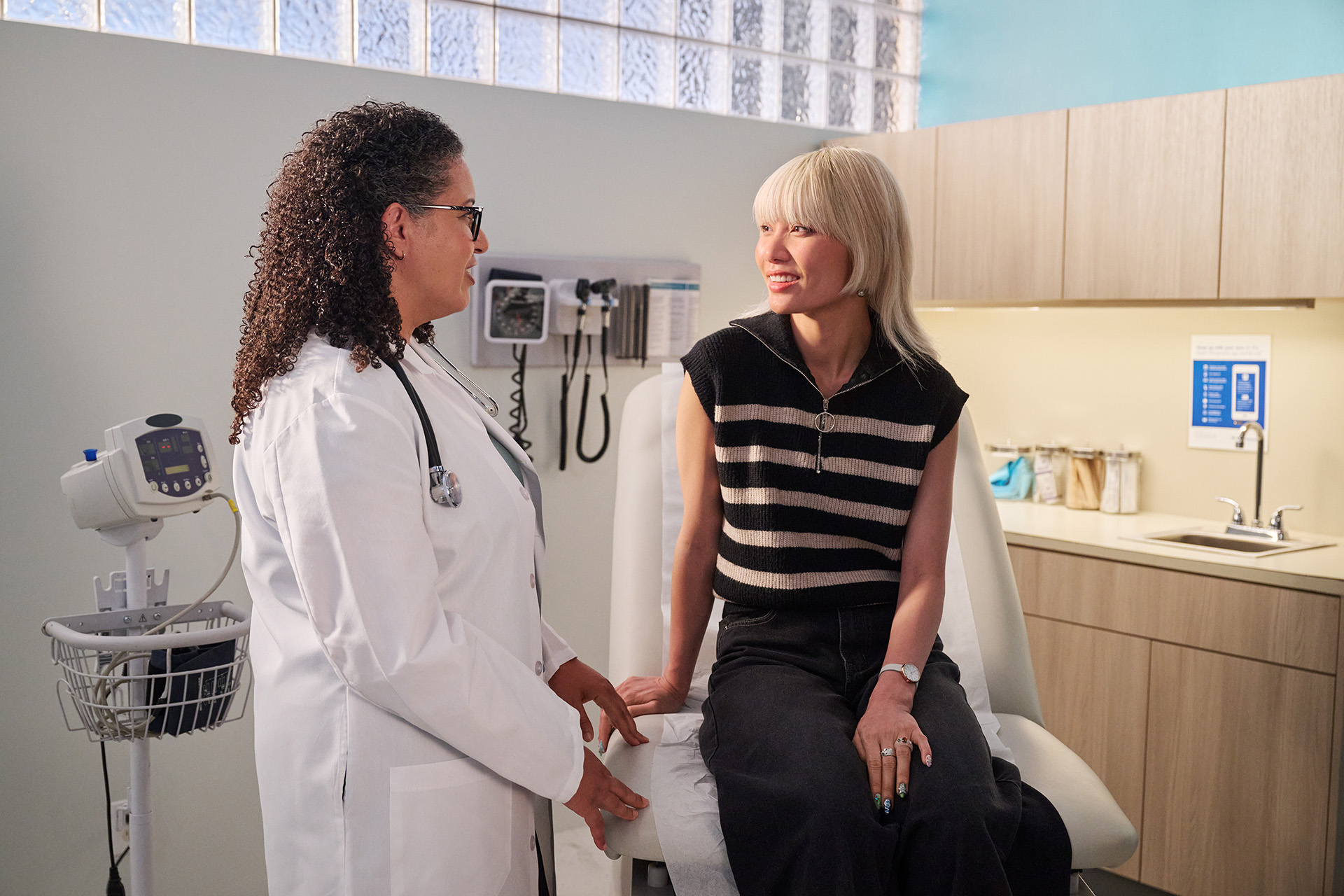In 2016, Kaiser Permanente cardiologist Matthew Solomon, MD, PhD, assembled a special team to treat thoracic aortic aneurysms, a little understood but potentially deadly bulge in a part of the aorta that runs through the chest. Groundbreaking research he led and published last fall helped define treatment criteria nationwide. Today his team manages nearly 12,000 Kaiser Permanente members with the condition, and cardiac surgeons perform about 300 life-saving surgeries each year.
Why is it important to treat a thoracic aortic aneurysm?
The aorta is the largest blood vessel in the body. It is the highway that carries blood to all the vital organs and tissues. If the aorta gets too large, or has other high-risk features, it can tear or rupture, which can be a life-threatening event. When that happens, the risk of death increases by 1% every hour. So, intervening before that occurs, with medications, lifestyle changes or preventive surgery, is critical to save lives.
How would someone know they have a thoracic aortic aneurysm that needs emergency care?
Our goal is to prevent an acute, life-threatening aortic event — called an aortic dissection — from happening. But many patients remain undiagnosed because aortic aneurysms usually do not cause any symptoms while growing. However, if one grows too large, an aortic dissection can occur, which usually presents as a painful ripping and tearing sensation in the chest that can radiate to the back. It is typically quite severe and painful, and nearly always brings patients to the emergency room. We have skilled surgeons throughout Northern California who can perform emergency surgery.
How do you diagnose someone who has a thoracic aortic aneurysm if they are not in the emergency room seeking care?
There is currently no screening for thoracic aneurysms. Most aneurysms are found incidentally when a patient has imaging done for something else. Once identified, we obtain all the necessary imaging, and have a robust and systematic checklist that we go through with every patient to identify additional risk factors. If we find an aneurysm 5.5 centimeters or larger, the patient is a candidate for surgery no matter what, and sometimes also when the aorta is smaller than that, if a high-risk condition is identified. Each patient’s care plan is individualized. For most patients, we monitor and treat the patient long-term with serial imaging, medications to control blood pressure, and lifestyle changes. If surgery is needed, we have a team of outstanding aortic surgeons who work at our medical centers in San Francisco, Santa Clara, and Sacramento.
Why is it important to screen family members of someone who has been diagnosed with a thoracic aortic aneurysm?
We know aortic aneurysms can run in families, and when they do, they tend to be more aggressive. So, once a person is identified, it is critical to get their family members screened. It can be a true a life saver. We’ve had patients who had an aneurysm that is just mild or moderately enlarged. But then we do our detective work, sometimes we find someone in that family who has a severely enlarged aneurysm requiring urgent surgery, which otherwise might have gone undetected and could have been fatal.
What does long-term monitoring look like if you don’t need surgery?
Most patients do fall into this category. They are put on a care pathway that includes serial imaging with echocardiograms and CT or MRI scans to monitor the aorta, intensive blood pressure management, activity restrictions that include avoiding heavy weightlifting and contact sports, and for most patients, avoiding high intensity aerobic activity, in addition to lifestyle changes such as quitting smoking.
What makes Kaiser Permanente a leader in care for thoracic aortic aneurysm?
We knew early on that our program is unique because our integrated system allows us to perform incredible health management of large populations of people for specialty conditions like this, conduct comprehensive and systematic risk assessment, and make individualized recommendations for care based on input from a broad, multi-disciplinary team of experts. All our patients are followed closely by a multi-disciplinary team of cardiologists, nurses, medical assistants, cardiovascular geneticists, and cardiac and vascular surgeons, and we have a system to track patients that other systems cannot match. Having that kind of multi-specialty care and structural support is incredibly satisfying, and great for our patients.
To learn more about Kaiser Permanente specialty care, visit kp.org.




